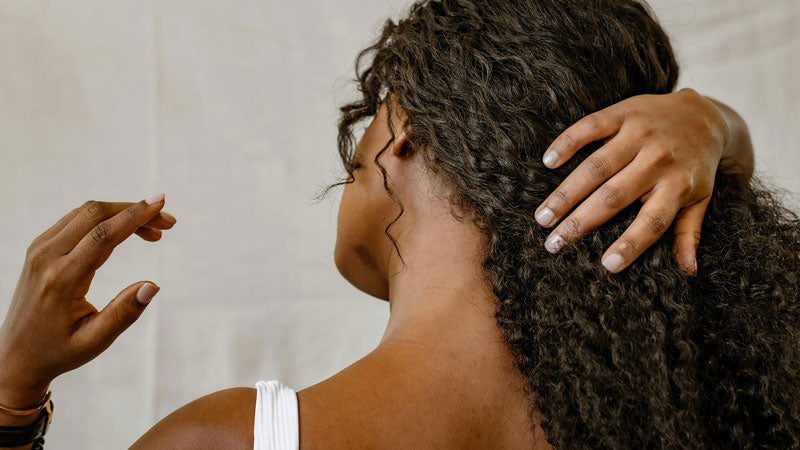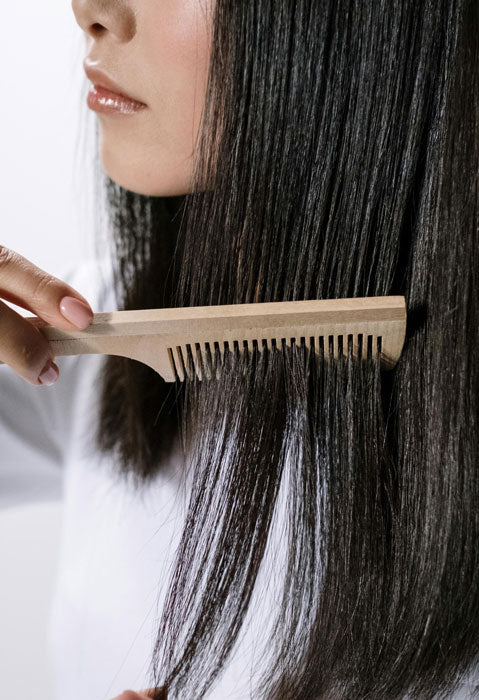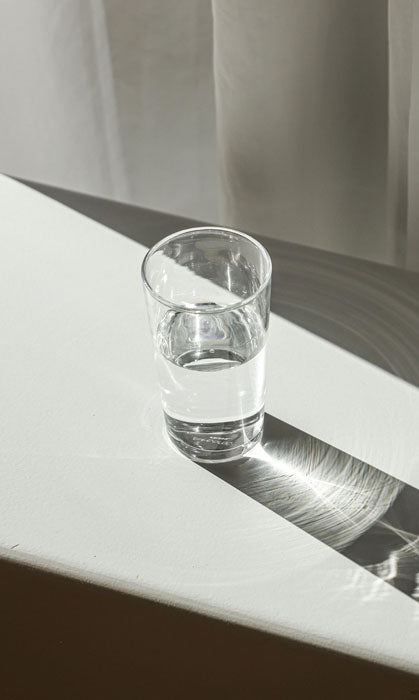KS NEWSLETTER
Subscribe to our newsletter and enjoy ✨5% off✨ your first order!

Routine
SkinTalks - January 15, 2025
Hi there Glowies! Hair care is as personalized as skincare, with each person’s unique needs shaping their routine. One of the key factors influencing hair health and how products work on your hair is porosity. Today we’ll talk about hair care and share how to actually take proper care of your hair based on hair porosity.
Hair care products are truly the main event in my shower routine! Just like with skincare, everyone's scalp and hair is different and needs special care. Today we’ll help you to determine if your hair has low, medium, or high porosity.

When it comes to hair care, understanding porosity is key. Porosity refers to how well your hair can absorb and retain moisture.
It may also be characterized as a measure of the ease with which moisture can enter the hair. While heredity plays a major role, environmental factors like heat and chemicals also affect hair porosity.
The structure of the hair cuticle, the outermost layer of each individual hair, determines the porosity level.
There are 3 main types of hair porosity:
This kind of hair has a highly tight cuticle structure that helps it hold onto moisture. Additionally, this makes it extremely difficult for moisture to get through the cuticles when it's needed.
The cuticle structure of this type of hair is looser. This means that while moisture can enter the hair shaft with ease, it does not evaporate too soon.
It has pores and gaps in the cuticle layer, which make it easy for moisture to enter and exit. This can occasionally result in frizz and tangles during humid conditions, as well as excessive dryness in arid weather. Highly porous hair tends to feel dry, and frizzy and will dry out quickly after a hair wash.


There are two easy ways to determine your porosity.
Simply take some clean strands of your hair and drop them in a full glass of water. Let them sit there and check back on them after a couple of minutes.
Make sure to start with clean, product-free hair, no leave-in conditioners or other styling products. Simply take a section of your hair and mist it with some water:
We recommend a tailored hair care routine based on your hair's porosity level. By understanding your hair’s porosity, you can choose products that suit its specific needs. These hair routines are not to be missed!
This kind of hair has a highly tight cuticle structure that helps it hold onto moisture. Additionally, this makes it extremely difficult for moisture to get through the cuticles when it's needed.
We recommend using products that balance the moisture in your hair as this hair type is generally healthy. With the right conditioner and hair mask, life just gets smoother. When drying your hair, make sure to do it from a distance as to not dry it out unnecessarily.
Hair with high porosity needs plenty of nourishment and hydration. So while washing your hair, prefer products that are rich in moisture and protein. These products can add shine, provide nourishment, and help lock moisture in.
When washing your hair, make sure to use luke-warm water as hot water will only dry out your hair further. Before styling your hair, it is important to use heat protectant before blow drying or using hot tools.
For extremely dry, damaged hair we recommend the new “protein bonding” line from KUNDAL as a protein treatment. It is specifically formulated for damaged hair needing deep restoration.
Thank you for taking the time to read through my first blog and I hope that I was able to help you get to know your hair better as well as choose the most suitable care! And remember: frizz is the season to try new products!
Until next time!

Interview | Mar 07, 2025
Discover Haruharu’s story from its CEO in this Women’s Day interview.
Routine | Jan 15, 2025
Let's talk about how to take proper care of your hair based on its porosity.
Subscribe to our newsletter and enjoy ✨5% off✨ your first order!
Thanks for subscribing!
This email has been registered!